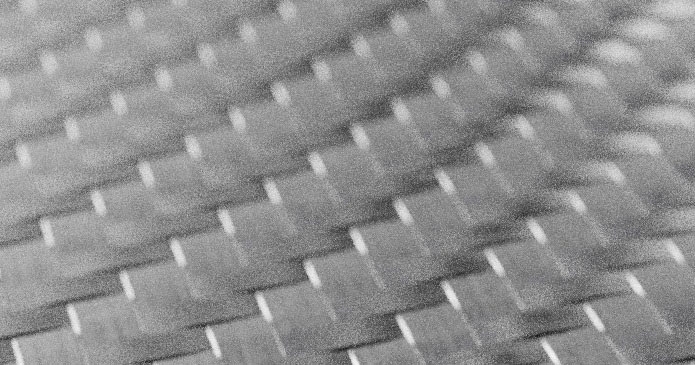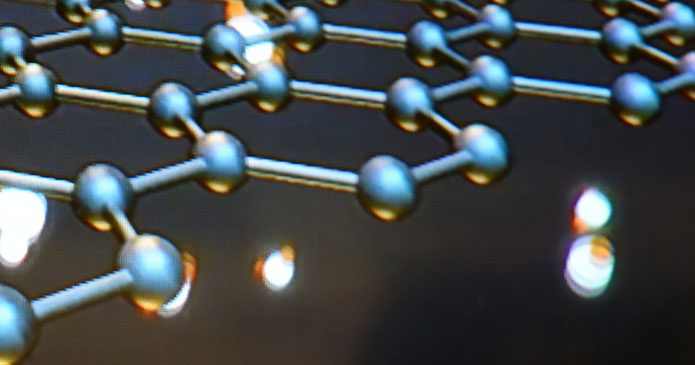Smart Manufacturing
The SIADD project aims to increase the manufacturing quality and sustainability of some additive manufacturing processes for metals, composite materials and multi-material metals/ composites, while also taking into account the personnel’s economic and environmental conditions and well-being.
Moreover it aims to:
The Additive Manufacturing processes covered by the SIADD project are aimed at metallic and composite materials, processed with techniques that are currently affected by limited productivity, high costs, high residual stresses and low quality (repeatability, precision and finish) of production. Furthermore, the number of materials processed with Additive Manufacturing techniques is still small and, to date, the knowledge relating to the production processes themselves, to the effects of post-treatments and subsequent processing necessary to transform the component into a finished product is very modest.
The SIADD project aims to increase the manufacturing quality and sustainability of some additive manufacturing processes. The objective will be pursued through extensive industrial research aimed at significantly reducing defects by studying new treatments, and producing lighter metal structures for the aerospace, aviation and marine sectors.
The results will be immediately applicable to the aeronautical sector and can also be applied to metal Additive Manufacturing processes (i.e SLM and DMLD) in various sectors, such as aerospace, marine, mechanical, etc.
The development of forecasting models in this sector is still unexplored and can represent a significant element of innovation since the development potential of these technologies is almost unlimited for the production of complex geometry products.
Another element of innovation is the definition of design principles, manufacturing guidelines and / or best practices that to date are still lacking, of the technologies and of materials (metals, plastics and reticular structures).
The project includes appropriate tools to support the design of Additive Manufacturing processes to introduce a significant degree of innovation in the "design for" methodologies to improve performance and obtain a triple benefit: reduction in the development time of solutions designed for AM, mechanical performance improvement and cost reduction.
EnginSoft’s role in the project is related to different objectives and content:
DTA - DISTRETTO TECNOLOGICO AEROSPAZIALE SCARL, ELFIM SRL, ENEA - AGENZIA NAZIONALE PER LE NUOVE TECNOLOGIE, L’ENERGIA E LO SVILUPPO ECONOMICO SOSTENIBILE, ENGINSOFT SPA, GE AVIO SRL, HB TECHNOLOGY SRL, INGENIA SRL, ITIACNR - ISTITUTO DI TECNOLOGIE INDUSTRIALI E AUTOMAZIONE, CONSIGLIO NAZIONALE DELLE RICERCA, NOVOTECH SRL, POLITECNICO DI BARI, POLITECNICO DI MILANO, UMBRA GROUP CUSCINETTI SPA, UNIVERSITÀ DEGLI STUDI DI ENNA “KORE”, UNIVERSITÀ DEL SALENTO
Funding Scheme MIUR Programma Operativo Nazionale (PON) “Ricerca e Innovazione 2014-2020” | Call identifier Avviso MIUR n. 1735 del 13/07/2017


30 months
July 2019 - December 2022
Distretto Tecnologico Aerospaziale (DTA) scarl
Silvia Di Rosa
15
by Paola Brambilla, Nicola Gramegna | EnginSoft
Ivan Mondino, Michele Coppola, Maria Sabella | Avio Aero
Futurities - Summer 2025
Hot Isostatic Pressing (HIP) is a key technology in aerospace manufacturing, particularly for producing high-performance turbine rotor blades. With the rise of additive manufacturing (AM) for metallic materials, HIP plays a crucial role in reducing AM-related defects and enhancing material performance. However, traditional HIP processes lack precise control over cooling phases, necessitating additional post-HIP heat treatments to achieve the desired microstructure.
This study investigates the latest generation of HIP systems—HIP/quench (HIPQ)—which integrate HIP and controlled cooling within a single thermal cycle, streamlining production and reducing costs. Focusing on titanium aluminide (Ti48Al2Cr2Nb) turbine blades produced by electron beam melting (EBM), the study employs computational fluid dynamics (CFD) to simulate and optimize temperature distribution and airflow inside the HIPQ furnace. Key parameters such as furnace geometry, blade arrangement, and airflow dynamics are analysed to minimize thermal gradients and ensure uniform microstructural properties across all components.
The results demonstrate that this simulation-driven approach effectively enhances heat treatment efficiency, improving mechanical performance and durability of aerospace components while reducing experimental testing. This work forms part of the SIADD project, aimed at advancing sustainable and high-quality additive manufacturing in aerospace.
Read the article
Some of our competences in research and technology transfer

Research project
The MAIPCO project concerns defect analysis in the production of complex composite components in the aeronautical sector and has developed new methodologies to reduce these defects.

Research project
The project aimed to develop an open integrated framework that connects materials models at various levels of complexity, experimental data sets and commercial information (e.g. ingredients and processing costs), so that decision makers can use a wider variety of key performance indicators.
Research project
YOGA develops a semiautomated and standardized platform targeting clinical laboratories for tissue characterization by biopsy when very little material is available.